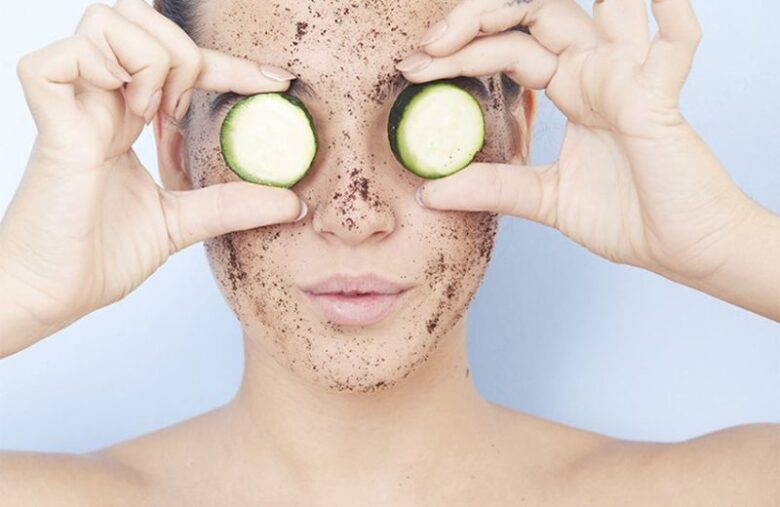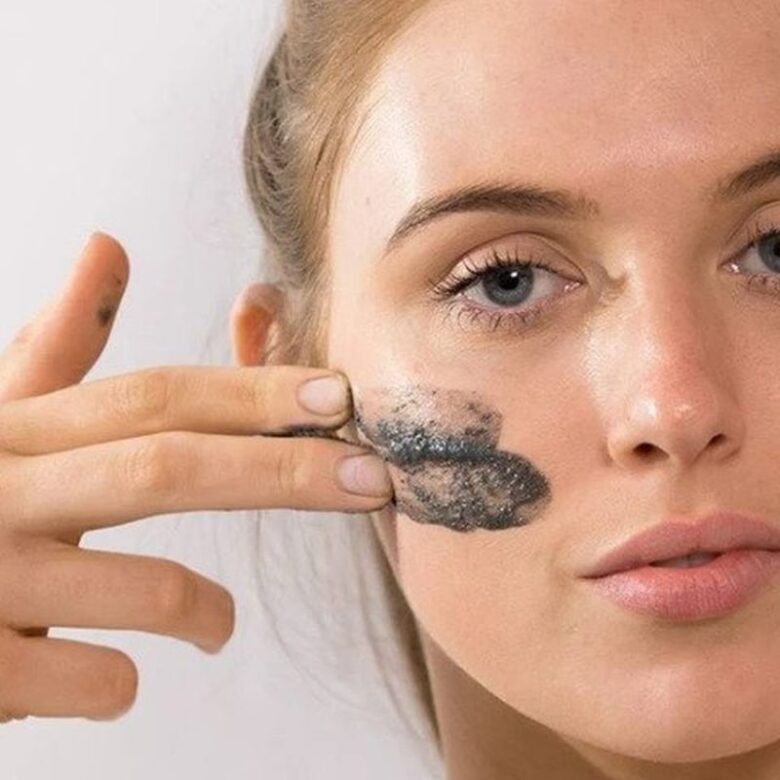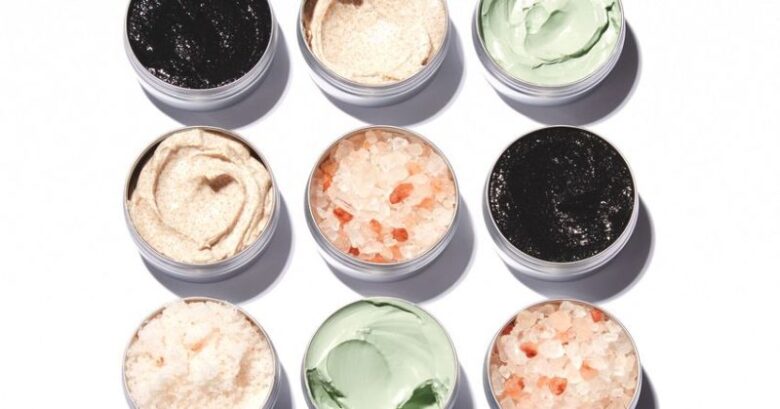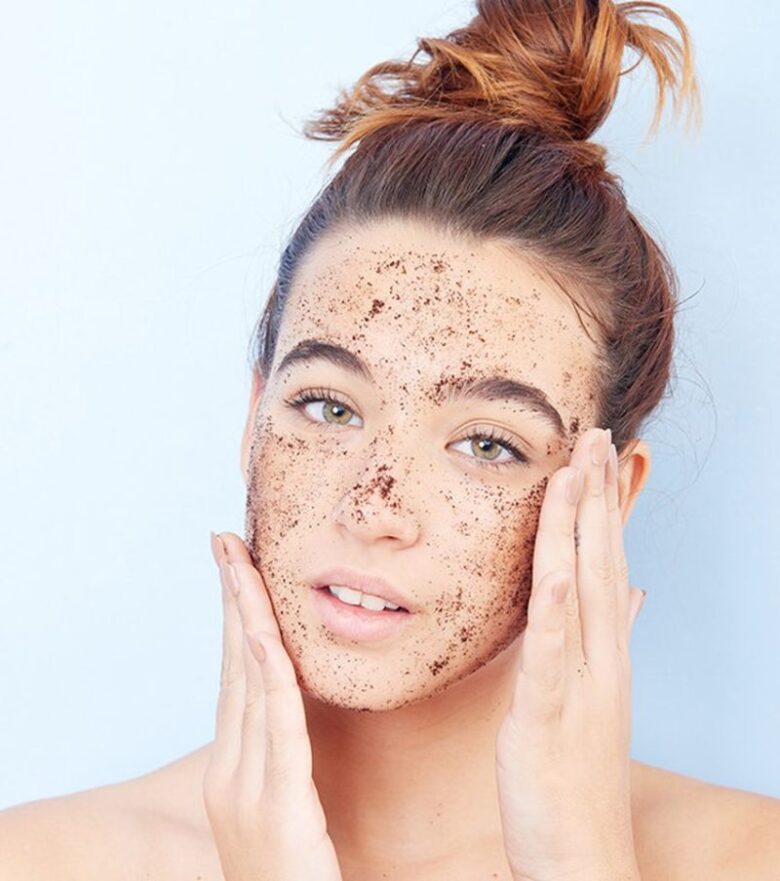Exfoliating has become a hot button word in the world of skin-care — but what is it, and why are people doing it?
It is the act of removing dead skin cells from your outer skin layer. An exfoliator can be a physical tool or a formula (typically a cream or granular substance).
Consider all the bacteria and dirt you are exposed to daily — an exfoliating product will ensure your complexion is clean and free of these nuisances. After all, these nasty materials tend to cause your skin to appear dull and, in some cases, break out.
Not all exfoliators are made equal, so it’s important to know what you’re looking for. Consider your skin type, quality of ingredients, and other factors that will determine if a product is well suited to you. If you are interested in exfoliating but aren’t sure where to start, you can learn more about the items on the market that are available to you
Skin care habits and products can often seem like a fad, but exfoliating is a process that is well worth the time and investment.
These are the main ways exfoliating can improve your skin.
It Smooths Wrinkles

Exfoliation helps stimulate your skin’s production of collagen and elastin. These properties work together to strengthen your skin and improve its ability to stretch and maintain firmness, which by extension reduces wrinkles.
It Improves Your Complexion & Prevents Pores
According to Everyday Health, young skin sheds its cells every 28 days or so. As you age, however, this slows down as your body loses its natural ability to get rid of excess skin cells. This can cause your pores to clog and change your complexion to appear dull.
Fortunately, an exfoliator can help you speed up your skin’s cell renewal process and get rid of that outer layer that’s become bogged down by contaminants.
You Can Make an Exfoliant At Home

You likely don’t even realize how many ingredients you already have at home that can help you make your own exfoliant. According to Healthline, the best ingredients to use in your DIY exfoliant include:
Coffee: Contain antioxidant properties & stimulate collagen production
Sugar & Milk: Contain exfoliating acids
Manuka Honey: Aids wound healing
Sometimes you’ll be too tired to make your own exfoliant concoction, and other times you won’t have the budget for high end skin care products.
Invest in a quality exfoliating product with organic ingredients to use once a week, and then make your own scrub for other days. Skin care, like everything else in life, is about balance.
The Options Are Endless
There are so many different types of exfoliants that it can be hard to keep track of them all. The good news is that, with such a variety of options on the market, there is bound to be an option that will suit your skin’s unique needs. The different types of exfoliants include:

Chemical Exfoliants: Designed with formulas to dissolve dirt, oil and dead skin cells. These are most common because they are more sensitive and better for your skin than harsher physical exfoliants. These are the type of exfoliating products that usually come in the forms of creams, masks and serums.
Keep in mind that there are two types of chemical exfoliating products:
- Products with AHA
Alpha hydroxy acids: Best if you have dry or thick skin
- Products with BHA
Beta hydroxy acid: Best for those with acne prone or oily skin.
Physical exfoliants: These include scrubs as well as abrasive loofahs and washcloths. They tend to be harder on the skin and are not recommended for those who are more sensitive.
Sometimes, things really are worth the hype. Exfoliating can work wonders for your complexion as long as you don’t over exfoliate and listen to your skin. If this article was interesting for you, you can also check out facts.net for more amazing and similar information.


